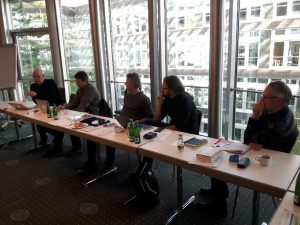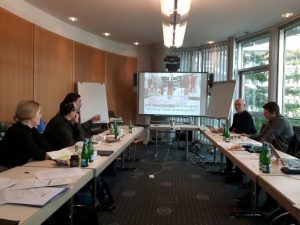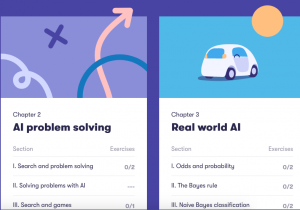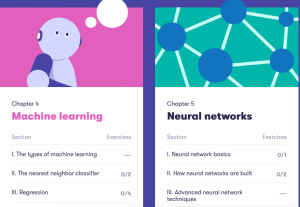During the last few weeks I have worked hard to finalise my deliverables for the EU-funded project TACCLE4 CPD. The project develops models for continuing professional development (CPD) to promote digital competences of teachers and trainers. The acronym TACCLE stands for “Teachers’ aids on creating contents for learning environments”. The current project is already the fourth one in the series of TACCLE projects. The earlier ones have focused on classroom teachers and on organising training for interested teachers. The current project has shifted the emphasis to organisational level and to different educational sectors – including adult education (AE) and vocational education and training (VET).
My contributions (on behalf of our institute ITB have focused on the field of VET and made transparent challenges and boundary conditions for promoting digital competences as contribution to vocational learning. In my previous blogs I have discussed this with reference to the particular reports once I have got them completed. Now that I have the full set of reports ready and uploaded on ResearchGate I want to present an overview, what all has been produced to support CPD initiatives and to draw attention to promotion of digital competences in the field of VET.
Overview of the VET-related reports for TACCLE4 CPD project
Below I just present the titles of the reports and the links to ResearchGate. For further information I refer to the previous blogs and to the abstracts on ResearchGate:
Report One: Policy analyses as background for continuing professional development of teachers and trainers in the field of vocational education and training (VET). DOI:10.13140/RG.2.2.24915.73762
Report Two: Finding new approaches to promote digital competences – Legacy of past projects and new inputs from R&D projects in vocational education and training (VET). DOI: 10.13140/RG.2.2.13171.68649
Report Three: Role of Open Educational Resources (OER) in the field of Vocational education and Training (VET) – Insights into uses of OER in vocational teaching/learning arrangements. DOI:10.13140/RG.2.2.23552.58880 (co-authored with Jan Naumann)
Annex to Report Three: Using Open Resources (OR) and Open Educational Resources (OER) in Vocational Education and Training (VET). Two examples of teaching/learning designs. DOI: 10.13140/RG.2.2.10969.67684 (co-authored with Jan Naumann)
Report Four a: Strategies and Training Models for promoting Digital Competences in the field of Vocational Education and Training – Reflections on Policies, Conceptual Frameworks and Innovation projects. (Co-authored with Angela Gerrard and Werner Müller)
Report Four b: The Theme Room Training 2020 framework – Promoting digital competences of vocational teachers and trainers Report 4b for the TACCLE4 CPD project. DOI: 10.13140/RG.2.2.16783.33447
Annexes to The Theme Room Training 2020 framework (Report 4b for the TACCLE4 CPD project)
As I see it, I have completed a coherent work program starting from policy analyses, continuing with explorations on R&D projects and use cases on introducing OER and then landing to a synthesis report and to framework for shaping CPD measures. I hope that this has been useful.




